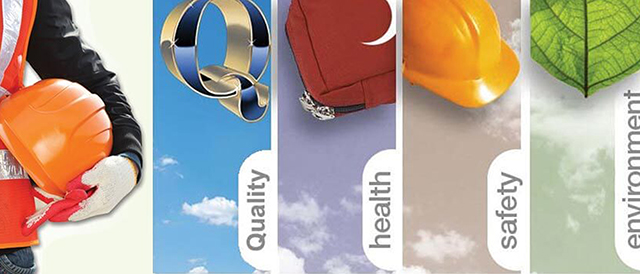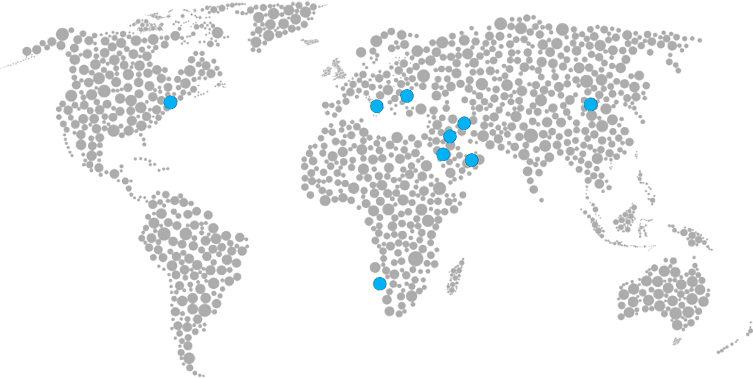These mandatory minimum standards are intended as the minimum basis upon which sites will establish a sustainable safe and healthy environment at work, to maximize performance. This will mean anticipating changes in requirements (being pro-active rather than reactive) each operating unit and employee taking major responsibility for these areas.
The term employee should be interpreted to include all employees, both permanent and temporary, at all levels.
1.) SAFETY POLICY
Prevention:
a) Each site must comply with all local safety legislations and with any project owner company standards. Compliance will be with whichever is the stricter of these and it must be documented.
b) Each site must have regulatory procedures/check-ups to ensure compliance with the safety legislations, and must have safety clearance for all materials used to ensure that they are eco-friendly.
c) Each site must identify those process steps that are critical for the safety of the labor & or process (Critical Control Points) and establish a system to control and monitor these.
d) Each employee’s responsibility for safety must be identified and understood. Appropriate training must be given to prepare employees against potential hazards or accidents.
e) We have procedures in place for monitoring site complaints, investigating them and dealing with them properly, to approach to zero accident loss time (ALT).
f) We have procedures in place to assess safety incidents, plans to manage equipment failure and procedures to report such problems to the project owner accordingly to QEMS policies for safety, health and the environment.
2.) HEALTH POLICY
Prevention:
a) Each site must have up to date written procedures according to health and safety policy which complies with the local work law. They must be signed by the current senior line person on site.
b) Each site must with all local health and safety legislations and with any project owner company standards. Compliance will be with whichever is the stricter of these and it must be documented.
c) Each site must have established emergency plans for all reasonably foreseeable emergencies and ensures their effectiveness by undertaking regular exercise drills at least bi-monthly.
d) All employees must be given appropriate training covering safety induction, and safety awareness training. Such training must be regularly reviewed and updated to ensure efficiency where any adjustments will be immediately communicated to all employees.
Incidents:
e) Each site must establish and fully implement an accident/incident reporting and investigation procedure. Each site must collate and keep records of their safety performance as required by their management group to identify common work related injuries and implement any preventive measures necessary.
3.) ENVIROMENTAL POLICY
Prevention:
a) Each site must have an up to date written environmental policy, which complies with the local environmental law. It must be signed by the current senior person on site.
b) Each site must comply with all local environmental legislation and with any project owner company standards. Compliance will be with whichever is the stricter of these and it must be documented.
c) Each site must establish emergency plans for all reasonably foreseeable environmental emergencies to avoid any possible harm to the environment.
d) And ensure their effectiveness by undertaking regular exercise drills at least bi-monthly.
e) All employees, including those with specific environmental responsibilities must be given appropriate training, suitable for the execution of their responsibilities. Such training must be regularly reviewed and updated.










